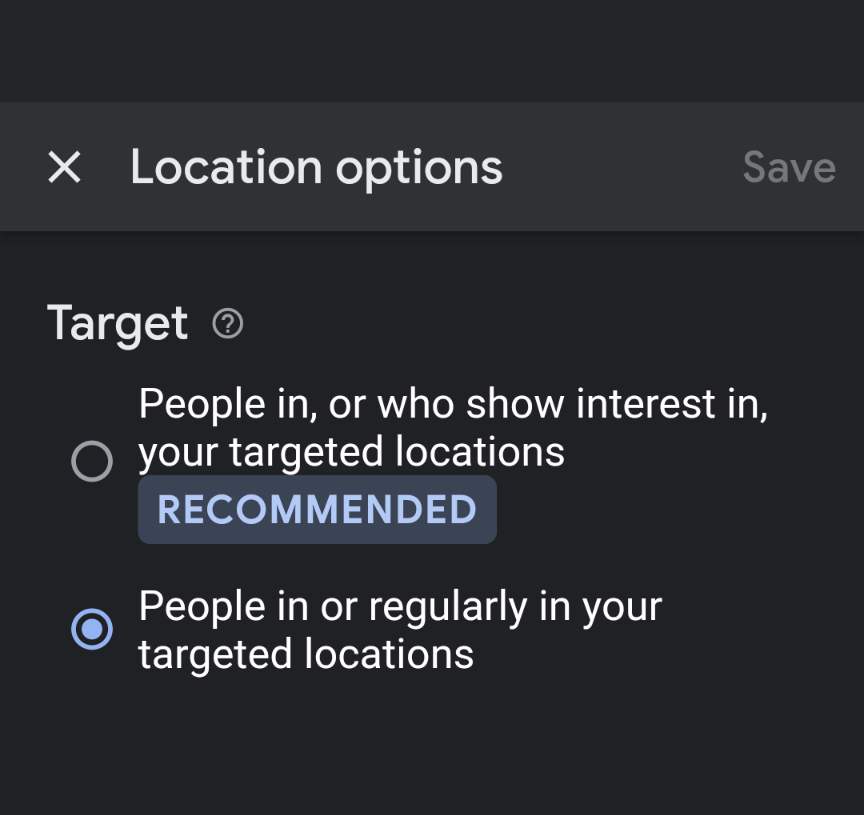The Top Paid Search Mistakes
- markdhenderson
- Aug 4, 2023
- 4 min read
The Google Paid Search division of Alphabet made $162.45 Billion in 2022.
Billion.
$162,450,000,000.00
Kudos to Google for creating a top notch marketing tool to bring together advertisers, publishers, and customers. “Googling” has become a ‘verb’, and we trust it so much that we ask it questions we would be embarrassed to ask our primary care physician.
For as much as I love Google PPC as the best-available-tool to bring together searchers and solution providers, I’ve uncovered a lot of inefficiencies in the execution of campaigns. Paid Search Marketing is no longer only available to Advertising Agencies, but to anyone with an Internet connection and a credit card. This democratization has dramatically increased the ability of small and mid-sized organizations to use the power of Paid Search advertising, but also exposed new advertisers to costly mistakes and expensive lessons in regards to running PPC campaigns.
I’m not implying that the Google platform is doing anything nefarious in how they make it so easy for anyone to spend money on digital ads, I’m just saying that with a self-service advertising platform it is very easy for less experienced marketers to run sub-optimal campaigns. I’ve helped advertisers (of all sizes) troubleshoot and optimize Google paid search campaigns and increase their return on advertising spend. Here are some of the most common “inefficiencies” (mistakes) I’ve encountered.
Letting the Google Algorithm “Sort it out”
Artificial Intelligence (AI) is real, and it is here. Leveraging machine learning capabilities such as look-alike audiences, Bid-optimization settings, and keyword suggestions are helpful, but they do not replace the paid search marketer. Occasionally some advertisers put too much stock into the “machine learning capabilities” that the platforms tout and this leads to a bloated paid search campaign. Simply throwing together dozens (or hundreds) of keywords, ads, and landing pages doesn’t lead to an “AI Optimized Campaign”, it just leads to a mediocre campaign that has no clear path to improvement. Do not pour all of your assets into one Ad Group and let the Google Bot figure it out.
Not doing Keyword research
Similar to my previous example, not researching and grouping keywords and ad copy together leads to below benchmark performance. Group keywords based on what you believe the searchers intent is and present them with relevant results and landing pages. The Google Keyword Planner tool is an invaluable asset in helping you to research and identify synonyms, and other search phrases that are linguistically similar to your desired target, and instantly add them to increase your reach. However, make sure you then appropriately group them based on intent or you will fall back into the issue of clumping everything together and ultimately lowering your Google Quality Score.
Bidding Strategy
What is a click worth? It depends.
What are your campaign objectives? Are you launching a new product and want to raise awareness? Are you generating interest in a service offering and attempting to generate leads? Or are you an eCommerce operator that wants to maximize ROAS? Whatever your goals are you need to implement a Conversion Feedback loop and utilize the appropriate Google Bid Strategy that will maximize your results. As I said, AI is real and we need to leverage it when we can and not utilizing a dynamic bidding strategy that is connected with your online goals is a missed opportunity.
The Google Default Location Setting
This next mistake has made Google a lot of money. When you set up a campaign you have dozens of configurations, preferences, and settings to adjust. One of the most important settings is the Locations settings that determine where your ads are displayed. After selecting the geo-target areas many campaign managers fail to notice there is a follow up “Location Option” setting. By default, Google configures this to show your ads to ‘Presence or Interest’.

What this means is that your ads will show to people in your target region, AND to anyone that Google thinks may also be interested in your target region. This may be helpful if you are advertising a B&B in Pittsburgh, PA and you want to appear in front of individuals that may be researching the “City of Bridges”, but it is not helpful if you are running ads for a Pittsburgh auto body shop as your ads may now show up to that prospect that is on the other side of the country. Identifying this mis-spend is easy enough if you regularly sync up your Google Ads spend with Google Analytics, which leads me to my final point…
Set It, and Forget It
Setting up a Google Paid Search campaign can take a lot of work. But once the campaign is live, the work is just starting. Too many campaigns continue to run on auto pilot and do not have a human guiding optimizations and weeding out underperforming elements. Reviewing and adding to a Negative Keywords list, benchmarking ad copy performance, and testing landing pages are all necessary elements to build a continuous improvement PPC environment. Eventually ad-fatigue, misaligned ad spend, and increasingly savvy competitors will chip away at any campaign and drag down results unless energy is applied back into the campaign.
Fixing PPC Mistakes
Fortunately, finding and fixing PPC issues is a relatively straightforward process. EVERY campaign I’ve ever touched could be optimized. This doesn’t mean the individual or agency that was managing it was incompetent, more than likely it is a combination of not having enough experience and enough hours allotted to regular analysis and optimization. The Google machine is a powerful tool that will continue to spend money on your behalf, even when you aren’t watching it. It is up to us to set it, analyze it, and guide it to act in our best interests.
Please reach out if you have any questions on your PPC campaigns.

Comments